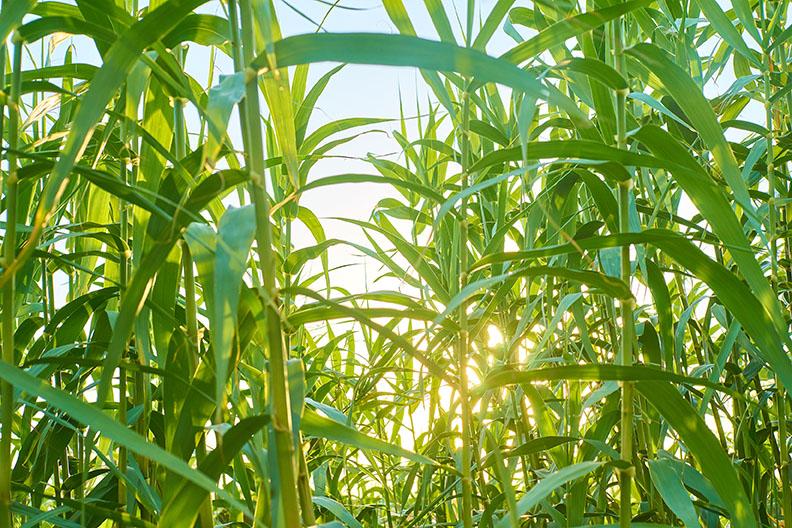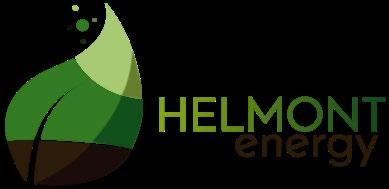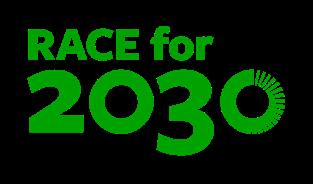B5 Research Project Biogas from agricultural wasteA techno-economic evaluation Report at a glance

RACE for Business
Research Theme B5: Anaerobic digestion for electricity, transport and gas
ISBN: 978-1-922746-34-4
Industry Report
Biogas from agricultural waste - A techno-economic evaluation
Citations
Kaparaju, P., Mathias, D. and Singh, R. (2023). Biogas from agricultural waste - A techno-economic evaluation.
Prepared for RACE for 2030.
March 2023
Project partners
Project team
Griffith University
• Prasad Kaparaju
• Divya Mathias
Singh Farming
• Rajinder Singh
Singh Farming
Acknowledgements
We would like to thank the Industry Reference Group participants from the following organisations: Australian Alliance for Energy Productivity (A2EP), Australian Renewable Energy Agency, Helmont Energy Pty Ltd and Queensland Farmers Federation for their contributions.

The views expressed herein which are associated with, or refer to, the Australian Renewable Energy Agency (ARENA) are not necessarily the views of the Australian Government, and the Australian Government does not accept responsibility for any information or advice contained in this regard.
Acknowledgement of Country
The authors of this report would like to respectfully acknowledge the Traditional Owners of the ancestral lands throughout Australia and their connection to land, sea and community. We recognise their continuing connection to the land, waters and culture and pay our respects to them, their cultures and to their Elders past, present, and emerging.
What is RACE for 2030?
RACE for 2030 CRC is a 10-year cooperative research centre with AUD350 million of resources to fund research towards a reliable, affordable, and clean energy future. https://www.racefor2030.com.au
Disclaimer
The authors have used all due care and skill to ensure the material is accurate as at the date of this report. The authors do not accept any responsibility for any loss that may arise by anyone relying upon its contents.
What is the report about?
The report provides a technical and economic feasibility assessment for biogas production using agricultural and food processing wastes
Why is it important?
Agricultural and food processing wastes comprise a major renewable energy resource that is both underutilised and a significant cause of methane emissions. Anaerobic digestion (AD) of such wastes to create valuable biogas and digestate can displace use of fossil fuels, substantially reducing greenhouse gas emissions.
What did wedo?
Laboratory studies were conducted to determine methane yields from both mono-digestion and codigestion of a range of organic waste materials including those from sugar mills (bagasse, trash and mill mud) in addition to chicken manure, food waste and banana waste. The best methane yields were obtained when sugarcane bagasse and mill mud were codigested with chicken manure and food waste. The methane yields obtained from the laboratory codigestion studies were used to design and conduct a techno-economic evaluation of a full-scale biogas plant located adjacent to the Mossman Sugar Mill. The study included cash flow modelling, sensitivity analysis, impact analysis, barriers to commercialisation, and technical feasibility assessment.
What difference will it make?

This analysis shows that a 2.2 MW biogas plant can generate approximately 9.35 million Nm3 of biogas per year from codigestion of 20,000 tpa of sugarcane bagasse and 30,000 tpa of mill mud with 5,000 tpa of locally available chicken manure. This equates to gas supply for nearly 11,000 homes. However, a biogas plant should have a minimum plant capacity of 6.6 MW to be economically viable. This also has implications for centralisation of biogas plants adjacent to waste collection hubs to enable farmers to achieve sustainable management of agricultural wastes and help decarbonise the agricultural sector. Different scenarios were evaluated, and best results obtained when a portion of biogas is used for electricity and heat generation to meet plant energy demands, with the remaining biogas upgraded to compressed biomethane (BioCNG). The nutrient-rich digestate from the biogas plant can be further processed into a solid fraction, sold as fertiliser, and a liquid fraction, recycled as process water.
What’s next?
This project is intended to complete the first stage of a six-stage process towards a full-scale commercial biogas plant. Subsequent stages include further research optimising the organic loading and codigestion ratios, testing a range of potential commercial uses for the digestate from the pilot-scale biogas plant, and conducting pilot-scale studies to design the AD process, physical plant component sizes and plant layout. This is expected to support private equity funding for the construction, commissioning and operation of one or more full-scale biogas plants.
Report
a glance
at



B
title www.racefor2030.com.au
x Opportunity Assessment Project






